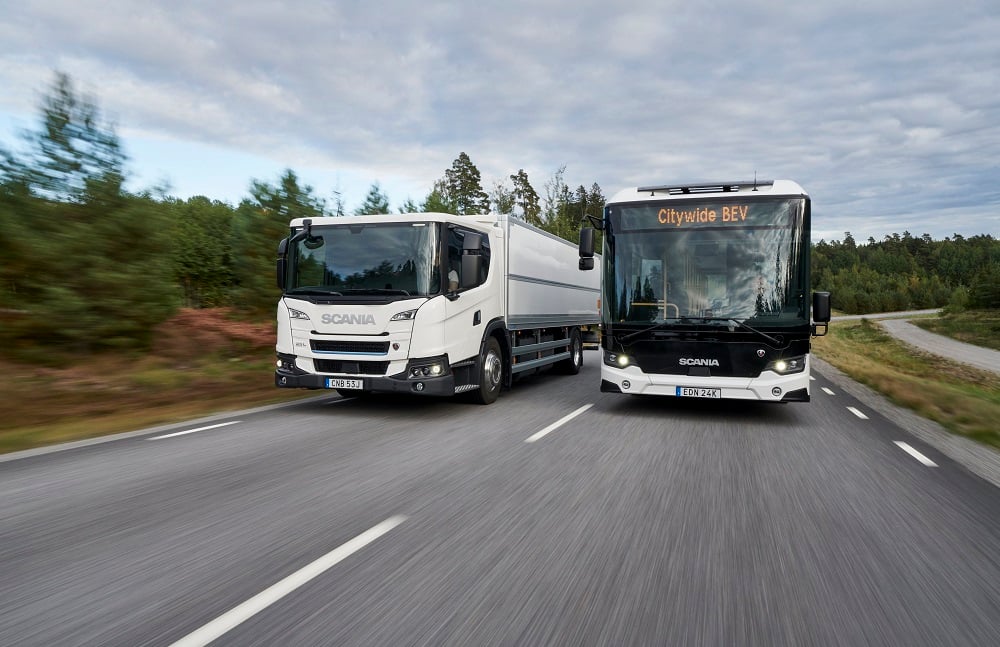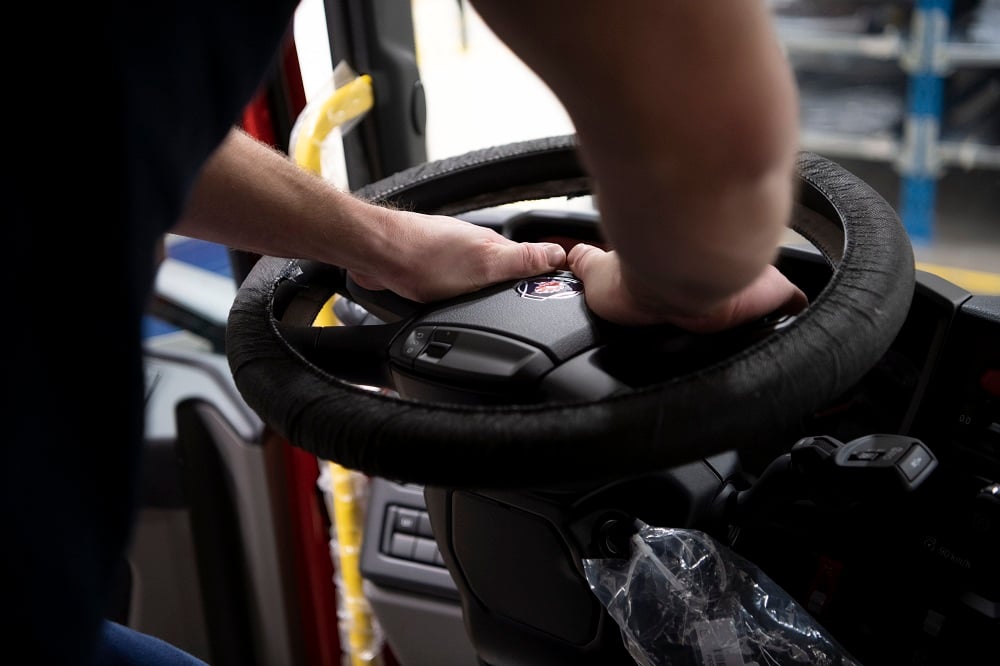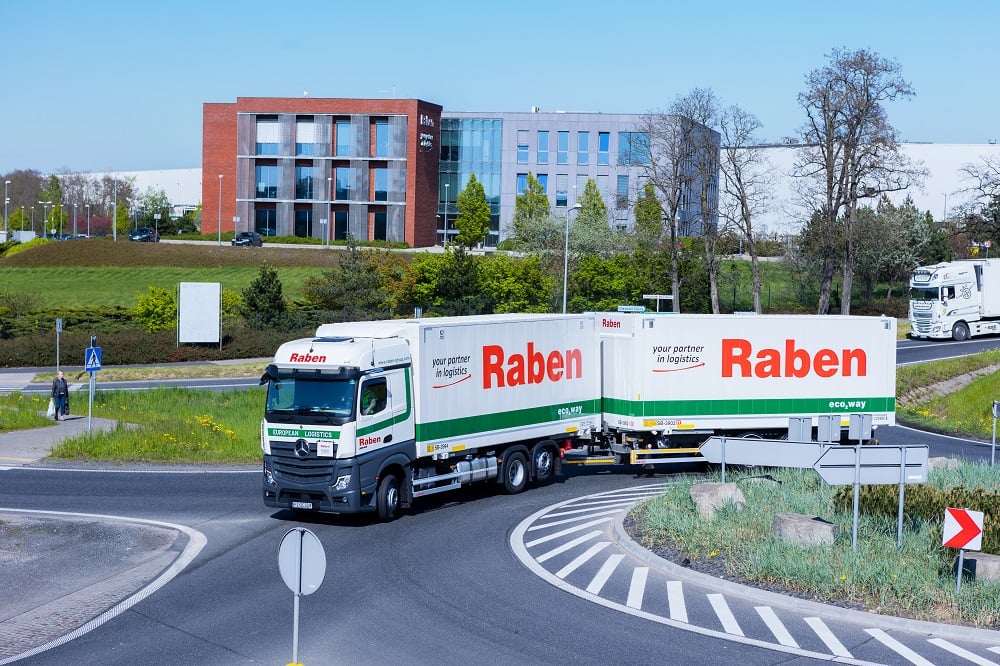
Client:Scania
Industry:Transportation & Logistics
Region:Europe
Start small, grow fast. A winning RPA strategy at Scania

12
processes developed within short timeframe and extensive backlog created
80%
reduced transaction time in invoice processing
2-4 weeks
from design to production for new automations
1 month
program break achieved
Minutes
sanction checks reduced from 14 days to a matter of minutes
Client Overview
Scania Group is a world-leading provider of transport solutions, including trucks and buses for heavy transport applications combined with an extensive product-related service offering. With 51,000 employees in more than 100 countries, the company’s mission is to drive the shift towards a sustainable transport system, creating a world of mobility that is better for business, society, and the environment.
Partner

Drastically reducing administrative tasks is only the first step on the automation journey for the finance division of Scania. RPA is helping it improve processes and the way it operates.
The Scania brand of trucks and buses is known throughout the world. It’s recognized for its quality and innovation. Robotic Process Automation (RPA) is a natural fit and the finance division at Scania has begun to build automation into all parts of its operations where it makes sense.
RPA has become a core part of IT strategy at Scania. Jesper Blomster, Head of Digitalization and Information Management within Finance & Business Control at Scania, explains his view of RPA: “In any company, you have manual processes and I see many of those as possibilities to automate".

This is precisely what Jesper and his team started out to prove RPA could deliver in the Spring of 2020 and even the intervention of a global pandemic couldn’t halt them from achieving some impressive results by the Fall.
Start small, prove your worth
When Jesper joined Scania, the finance division already had some experience in automation. Working with RPA specialists, AKOA (now Roboyo), he set out to convince everyone that using automation was the right way to go. The new team knew that the systems couldn’t cost millions of euros or take years to deliver like traditional IT projects. The approach was to demonstrate that a new automation could be delivered in less than a month and cost only a few thousand euro.
Jesper asked for us to create a Proof of Concept around three small processes. The idea was to be able to show the benefit that RPA could bring. After analyzing and documenting the chosen processes with the process owners, we were able to deliver full, production-ready automations within 2 weeks.
Cecilia Clinch • Automation Consulting Regional Lead at Roboyo
Jesper continues: “Roboyo introduced us to UiPath. This early project showed me that UiPath’s technology was excellent at enabling the reuse of automation, which is a major benefit for Scania. We have many processes that are similar in different systems and I don’t want to build the same logic stack 100 separate times. In addition, UiPath is incredibly flexible, allowing us to smoothly integrate components written in other languages, such as C♯, which is very impressive”
Armed with the automations, Jesper and his team held a series of workshops across the company. The effect was immediate. When people understood what RPA could do, they began to request automation within their processes. The workshops helped build momentum and commitment within the organization.
Just as the RPA program was about to accelerate, the Covid-19 hit. When the program resumed in the fall, RPA showed its worth as the team was able to develop and deliver twelve additional processes and to build an impressive backlog of detailed automation to an estimated worth of more than 40 full-time employees in created value.
Transforming the invoicing process
One of the first automations into production was invoice processing. Previously, an employee within a Scania finance department created an Excel file with all the invoice details and sent this file to the company’s shared service center in Bangalore. There are many finance departments spread across the globe, each producing its own variety of Excel file. A team within the shared service center would then manually rekey all the information from all the Excel files into an Oracle system.
However, the Excel file contained no business rule and validation, and the data wasn’t validated as it passed between systems. More than this, there was no way of knowing if the information was correct or where any problems had arisen. Everything had to be checked and validated manually.
Working with Roboyo, Jesper and his team created an automation within two weeks that took data from the different Excel documents applied a series of business rule to it and then entered it automatically into the Oracle system. The robot provides the highest level of validation all the data is accurate and properly entered. What previously took a person five minute per transaction is now completed in under a minute.
But time saving is secondary to the improvement in the quality of data flowing into the company’s business systems.
Using a robot is so much smoother. It’s almost silly to say the quality, control and consistency is much greater. In truth, what we have now is so much better that you can’t really compare the before and after.
Jesper Blomster • Head of Digitalization and Information Management within Finance & Business Control at Scania Group
Start with trust then build muscle
The early automations, such as invoice processing, convinced Scania anything that could be automated, should be automated. The next step was to prepare the people within the organization to take the next step on the automation journey. Jesper describes this as building ‘muscle in the mind’ for automation.

He explains: “Like anyone, we started small with quick wins, but the goal is to develop our capabilities in to addressing the automation of end-to-end processes. In Scania there are other ongoing RPA-initiatives, and we collaborate with Digital Office and CoE centrally to learn from each other. This first step helped build the trust of our people that we can do what we say we’ll do. I think that’s where we are today. The next step is to give everyone an ‘automaton first’ mindset that wants to actively deploy RPA wherever it makes sense to them.”
Doing better with less
Scania has quickly discovered that making people’s lives better by removing mundane tasks is only one of RPA’s capabilities. It has also allowed that company to do things that have not been possible previously.
Jesper points to an automation that’s already moved the dial for the finance department. The company holds a sanctions list on its customers and when there’s any transaction with a customer, the list has to be checked. Sounds simple but the scale of the task is enormous. By hand, it takes 30 seconds to perform a lookup to see if a customer has sanctions applied. However, Scania has over 600,000 customers and every customer is checked at least once a month, sometimes on three or four occasions.
To do a complete check of the sanction list would require 35 employees, Jesper estimates, or to perform a lookup of a single customer or market segment would take one human 14 days.
To overcome this challenge, the company has applied RPA in an entirely new way. Rather than automating the lookup of individual customer records, it has developed a robot that interrogates the data in its data lake. This has dramatically speeded the process. The data is extracted, business rules applied and the automation can deliver a full report delivered in only a few minutes.
This automation is changing what’s possible. Instead of just being able to check one market or problem customer, we can do the check on every customer. We can do the checks on every customer on every market anytime we want. Do you want to check all our customers in Asia today? We can do that. It’s a huge benefit.
Jesper Blomster • Head of Digitalization and Information Management within Finance & Business Control at Scania Group
In terms of measuring value to the business, Jesper estimates that Scania received ROI within one month of full production beginning in August 2020.
I’ve been blown away with what we’ve accomplished in such a short period. With RPA, we’ve been able to produce so much in a couple of months that I simply wouldn’t have believed was possible.”
Jesper Blomster • Head of Digitalization and Information Management within Finance & Business Control at Scania Group
Related case studies
Ready for your own case study?
Speak to our team of knowledgeable experts and learn how you can benefit from agentic automation.





